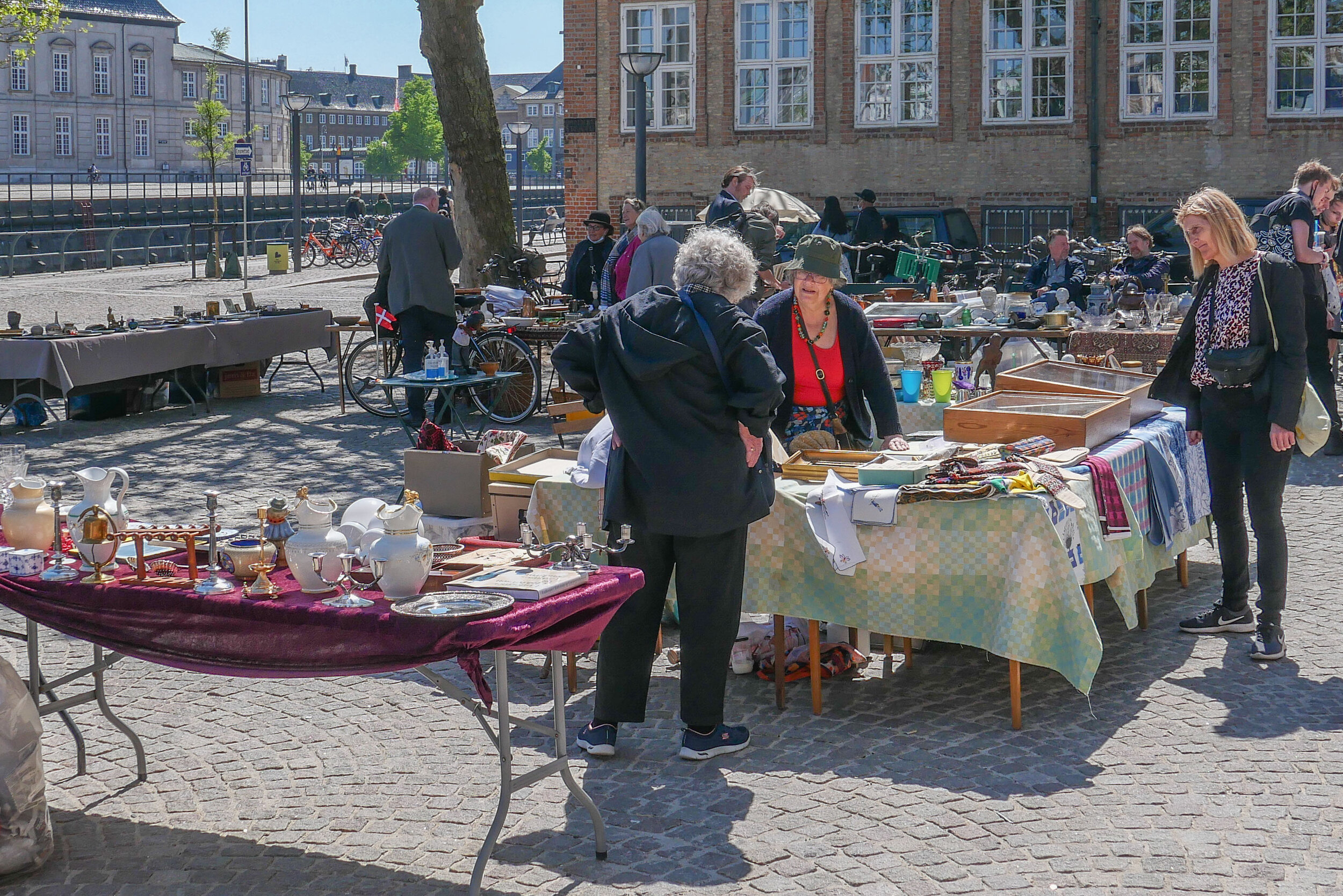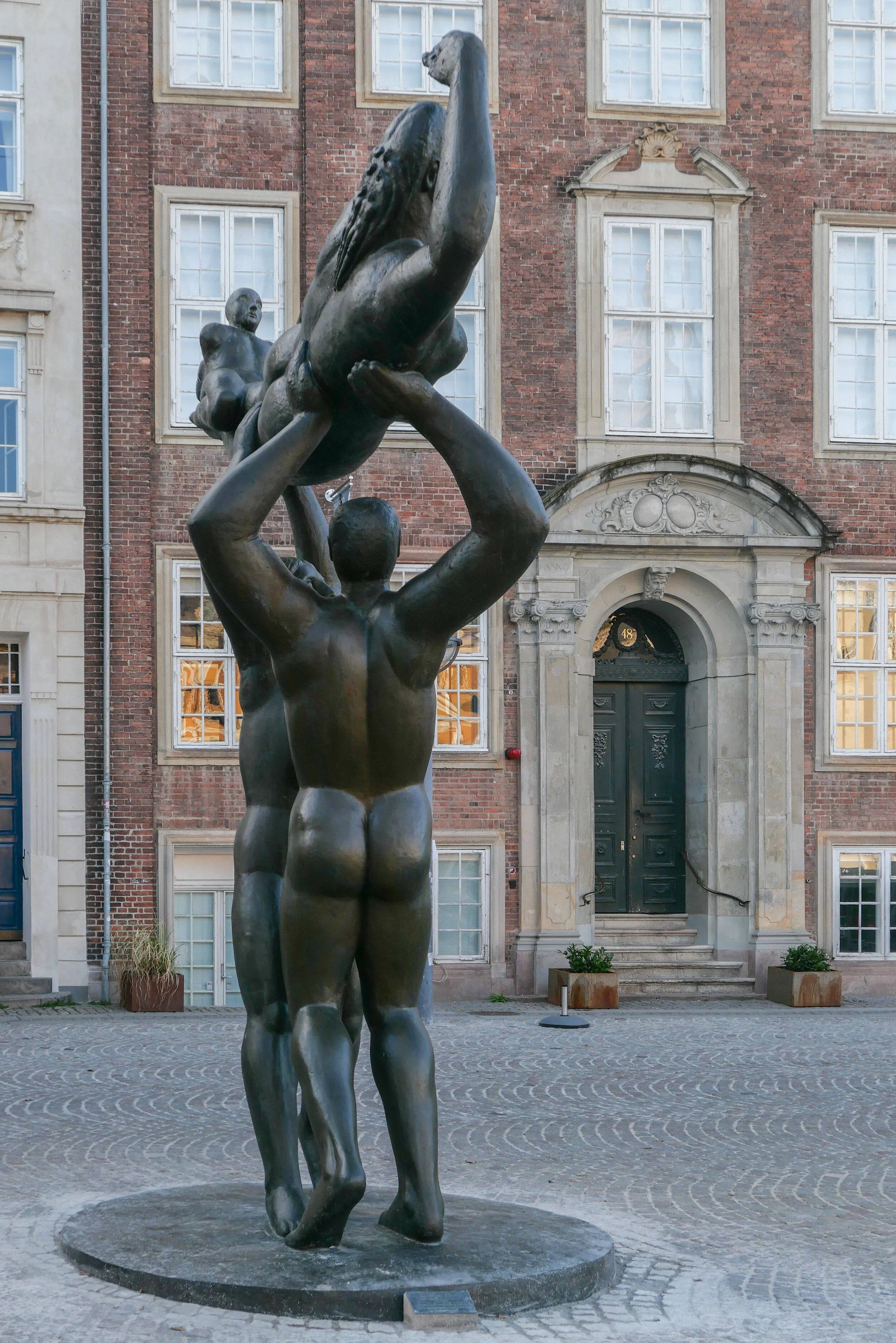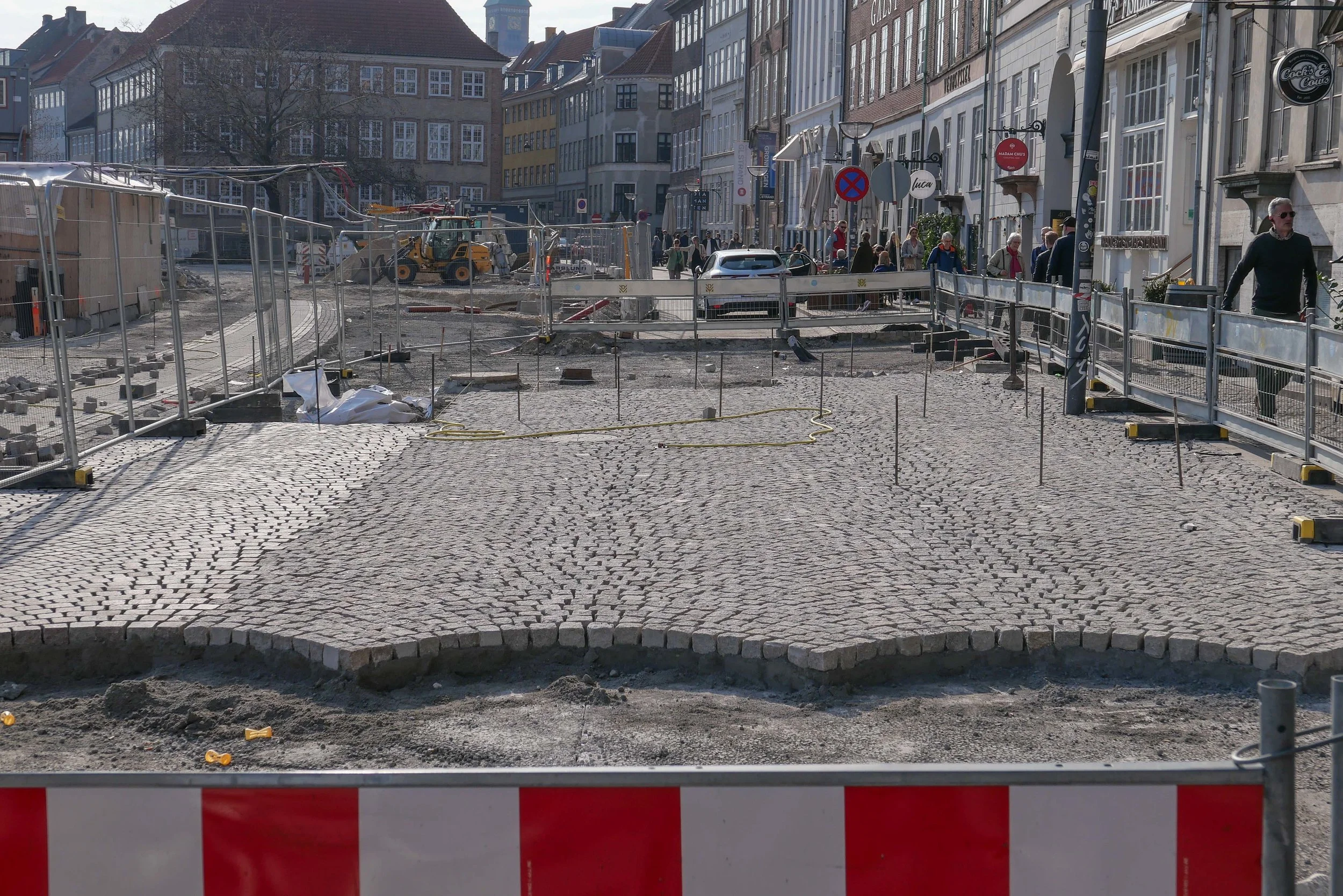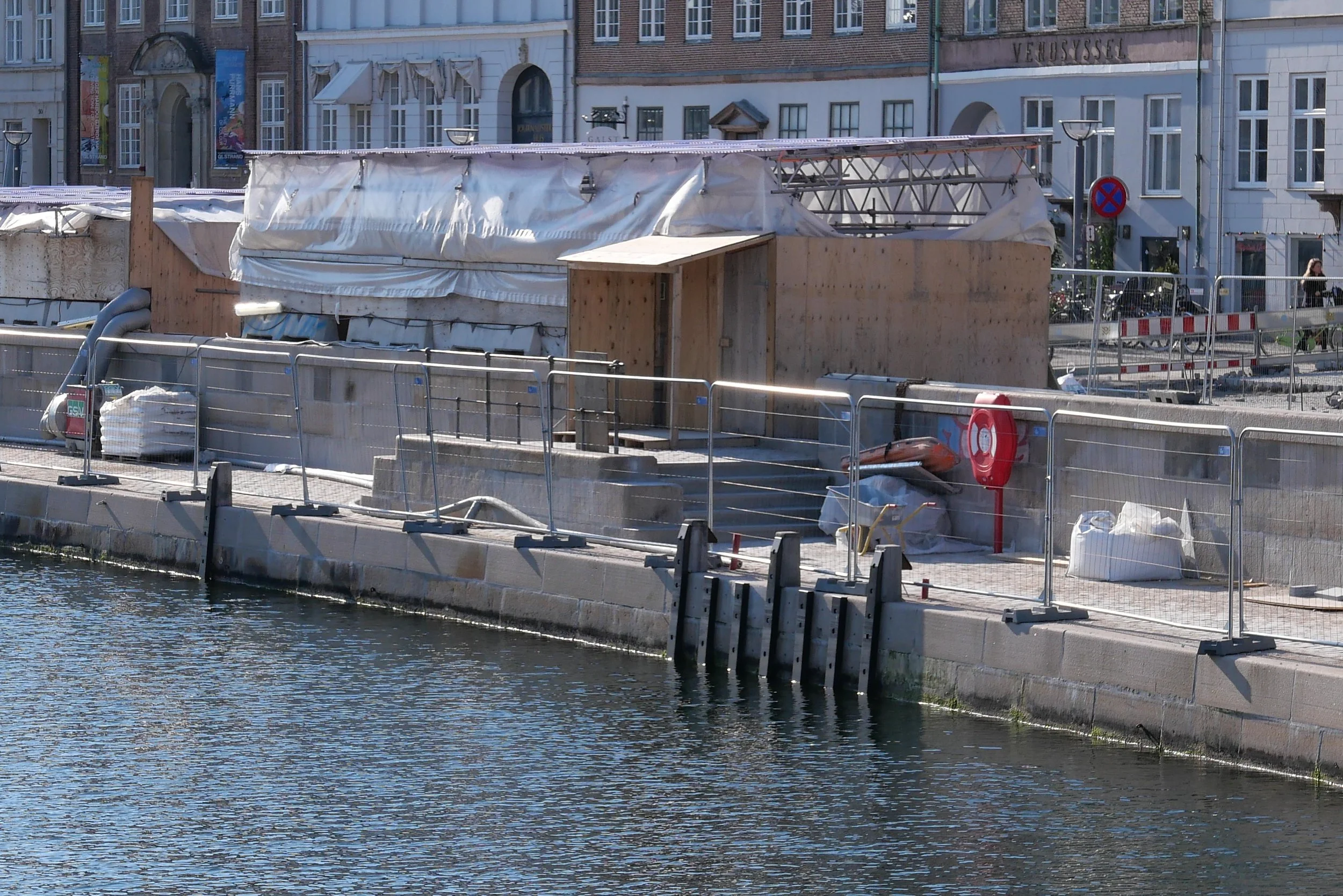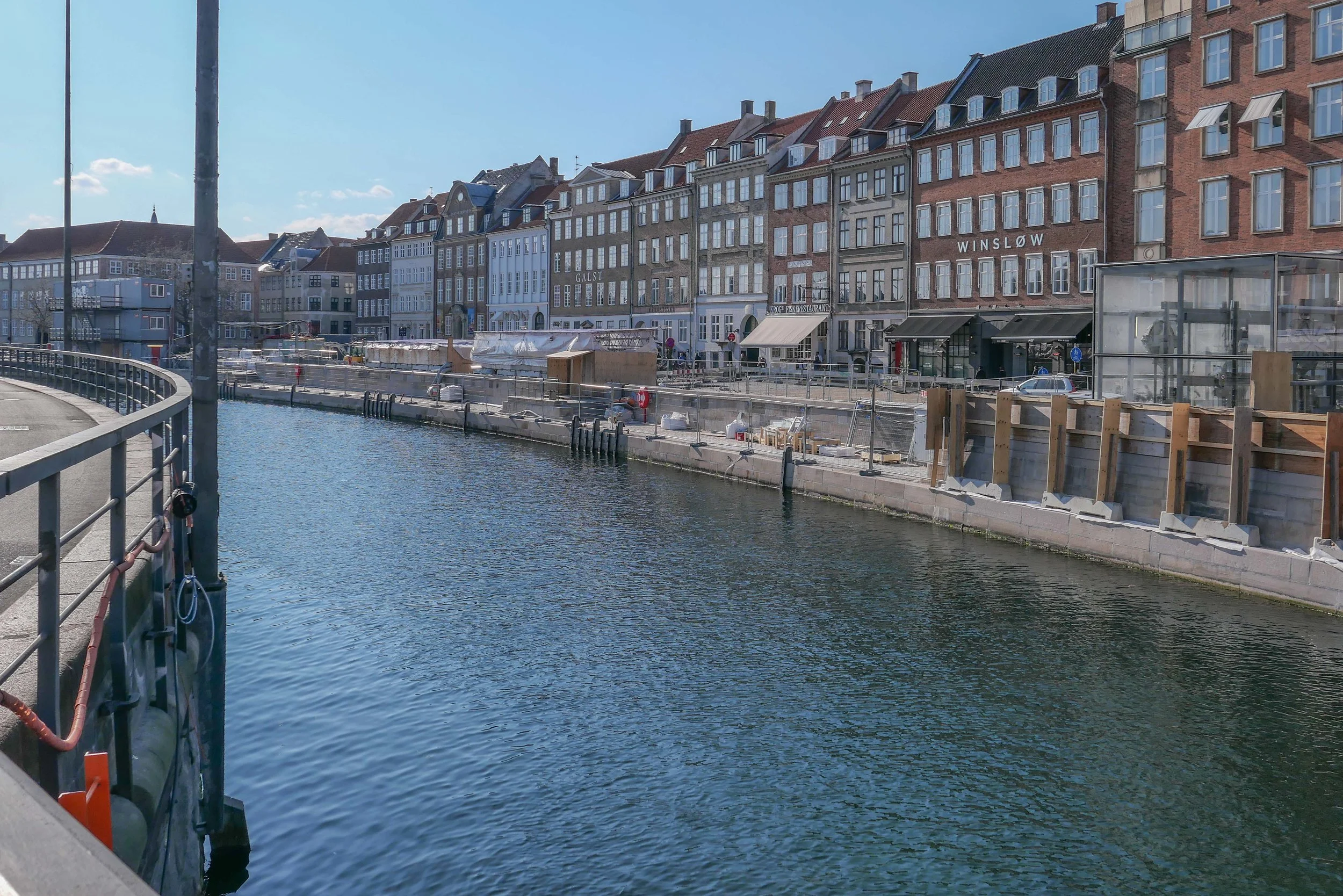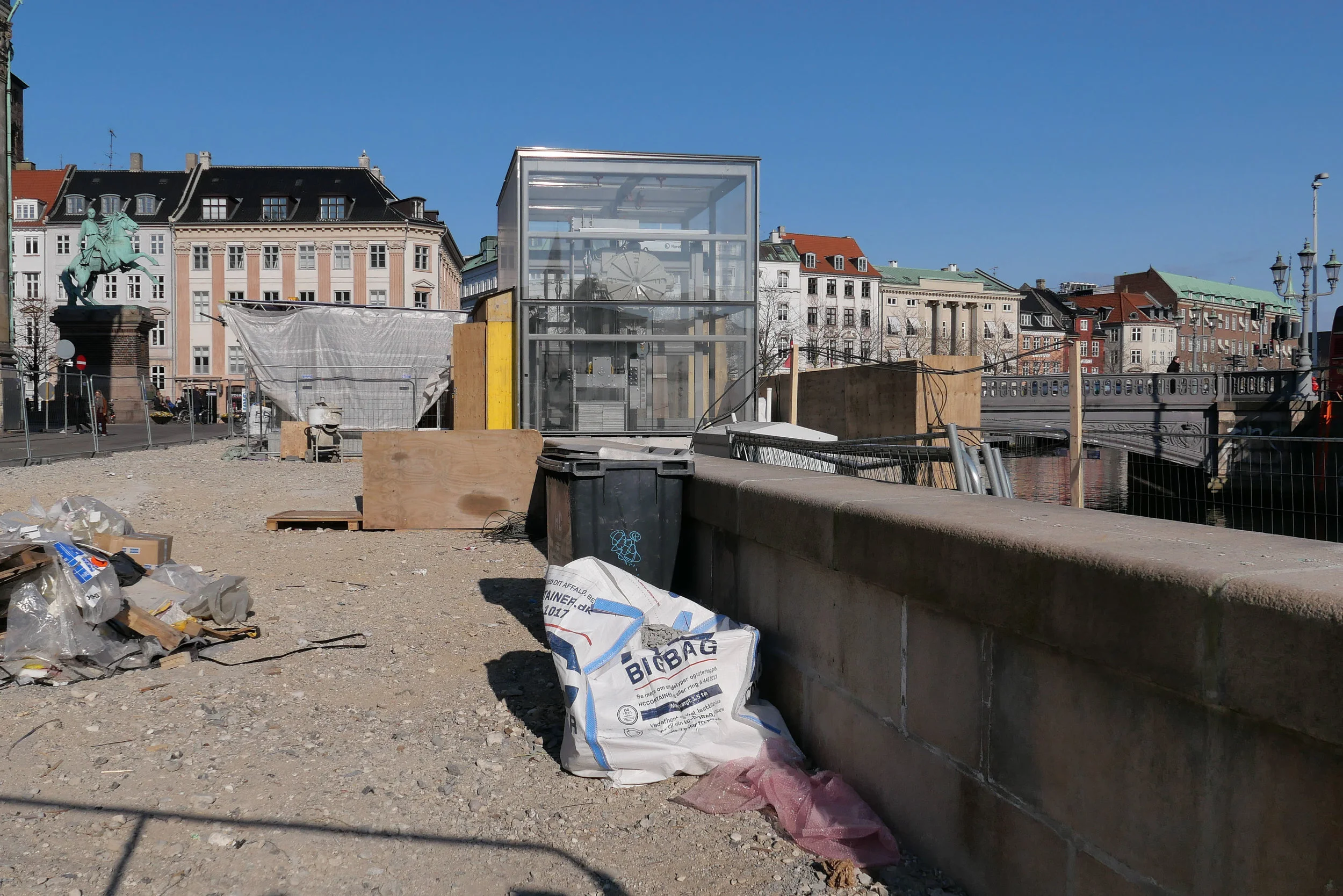the Ministry of Culture
/the south front of the Ministry of Culture from Thorvaldsens Museum on Slotsholmen
On 19 September 1961, Julius Bomholt was appointed to be the first Minister for Kulturelle Anliggender or Minister of Cultural Affairs so today marks the 60th anniversary of the establishment of a Danish Ministry of Culture.
In 1986, after the minister was given additional areas of responsibility, there was a change of name to Kultur - og kommunikationsminister or Minister of Culture and Communications and then in 1988 the title was shortened to Kulturminister or Minister for Culture
The current Kulturminister is Ane Halsboe-Jørgensen.
As a relatively small country, Denmark has just 20 cabinet minister -including the post of statsminister or prime minister - and, by tradition, the minister for culture also has responsibility for religion and for sport.
Beyond the major departments of government such as Finance, Justice, Defence and Foreign Affairs, the remit of the various ministers and their formal titles reveals much about the priorities set by a government and how ministers divide responsibility.
Denmark has a minister for children and education, a minister for science, technology and higher education and a minister for industry, business and financial affairs - all with some significant overlaps with culture.
On 16 September 1963 - so two years after it was established - the Ministry of Culture moved into the present building after the completion of extensive restoration works guided by the architect Peter Koch.
Kultur ministeriet / Ministry of Culture
now, the Minister for Culture is responsible for .........
cultural heritage in Denmark including:
archaeology, ancient monuments and dikes
buildings and environments worthy of preservation
building conservation
castles and properties through The Palaces and Culture Agency:
castles and castle gardens
construction projects
operation, development and events
cultural institutions including:
libraries
folk high schools
organisations and bodies for the performing arts
zoological facilities
cultural cooperation:
for children and young people
international cooperation
cultural agreements with municipalities
media:
grants for media
radio and TV
written media
note:
In France the Ministère des Affaires culturelles or Ministery of Culture was created by Charles de Gaulle in 1959 and he appointed André Malraux - author of Museum without walls as the first minister.
Since 1959, there have been thirteen changes of name as the minister was given new areas of responsibility including the environment, communication and the celebration of the French bicentenary.
In the United Kingdom, the Labour government was, presumably, wary of the idea of 'culture' so Jennie Lee was appointed the first Minister of State for the Arts in 1964. She played an important part in setting up the Open University and she consolidated and strengthened the role of the Arts Council.
In the UK Ministers of Culture rarely stay in the post for long, many seeing responsibility for art and museums as a stepping stone to something more important, so there have been 28 different ministers in all since 1964. As in other countries, the formal title for the minister has changed to reflect additional responsibilities so to Secretary of State for National Heritage from April 1992; Secretary of State for Culture, Media and Sport from May 1997; Secretary of State for Culture, Olympics, Media and Sport from 2010; Secretary of State for Culture, Media and Sport from 2012 and Secretary of State for Digital, Culture, Media and Sport since 2017.
In Italy ministerial responsibility for culture came under education until 1974 when the Ministero per i Beni Culturali ed Ambientali, the Ministry for Cultural Assets and Environments, was established. There have been 27 ministers since 1974 and the official title of the minister has changed several times, taking on responsibility for cultural heritage and activities in 1998 and then tourism but in 2021 the ministry reverted to the simpler title of Ministero della cultura.
In Germany, presumably with politicians still wary of being seen to promote culture as a strong aspect of national identity, administration for culture is at the level of the Länder rather than under a single minister in the national government.
the building on Nybrogade and Det Kongelige Assistenshuset
After the fire that destroyed a large area of the city in 1728, the building on this plot at the corner of Gammel Strand and Nybrogade - owned by the wealthy State councillor Christen Bjerregaard - was rebuilt in brick around three sides of a courtyard with the fourth side, towards the canal, closed by a wall and a gateway.
Main rooms were on the north frontage, towards Snaregade, and in the east range and on the ground floor of the west range there was a carriage house.
The building was let to Minister CA von Berckentin from 1740 until 1755 when he moved to a mansion in Bredgade (the Odd Fellow Mansion) and the house on the canal was then sold to two French hat manufacturers who conducted their business from the basement and rented out the rest of the property.
In 1757 the house was sold to the Norwegian Maritime Administrations Kvæsthus and Assistenshus and rebuilt to designs by Philip de Lange - the most fashionable architect of the period - with the work completed in 1765
A range of new rooms was added across the side towards the canal, where there was previously a screen wall. The main feature of the new front to the canal is an ornately-decorated entrance to the courtyard through a central gate arch.
The building was given more prominence in 1857 when the Vejerhus - the Weighing House - and Accisehus or Customs House buildings, immediately to the east, were demolished.
Det Kongelige Assistenshus was a mortgage company established by a royal ordinance in 1688. The privilege was granted first to the merchant Nicolai Wesling and the assistenhus was Initially in a building he owned on Kvæsthusgade close to Nyhavn. On the death of Wesling the privilege passed to Diderik Frandsen Klevenow in Frederikborggade.
Following bankruptcy in the middle of the 18th century, Assistenshus, by then in Snaregade, became a royal institution and appears to have moved to this building at the corner of Nybrogade and Gammel Strand in the late 18th century.
Increasingly unprofitable, presumably because it was unable to compete with commercial banks, the institution was closed by the Folketning in 1974 and unredeemed mortgages were sold at auction.
Daguerretype by T Neubourgh from 1840 showing Gammel Strand with Assistenshus just visible on the left edge behind the
Vejerhus - the Weighing House - and Accisehus or Customs House -
the large building that looks like a warehouse with a yard with low buildings
and, in front with a hipped roof, Pramlaugets Hus - the Bargemens' Guild House
these buildings, at the west end of Gammel Strand were demolished in 1857
- Museum of Copenhagen archive 74210
Assistenshuus in 1902 - Museum of Copenhagen archive 64215
note:
For a detailed assessment of how the harbour at Gammel Strand developed through the medieval and early modern period see Gammel Strand Archaeological Report from Københavns Museum following the excavation of the site in 2014 that was undertaken before the construction of the new metro station at Gammel Strand.


